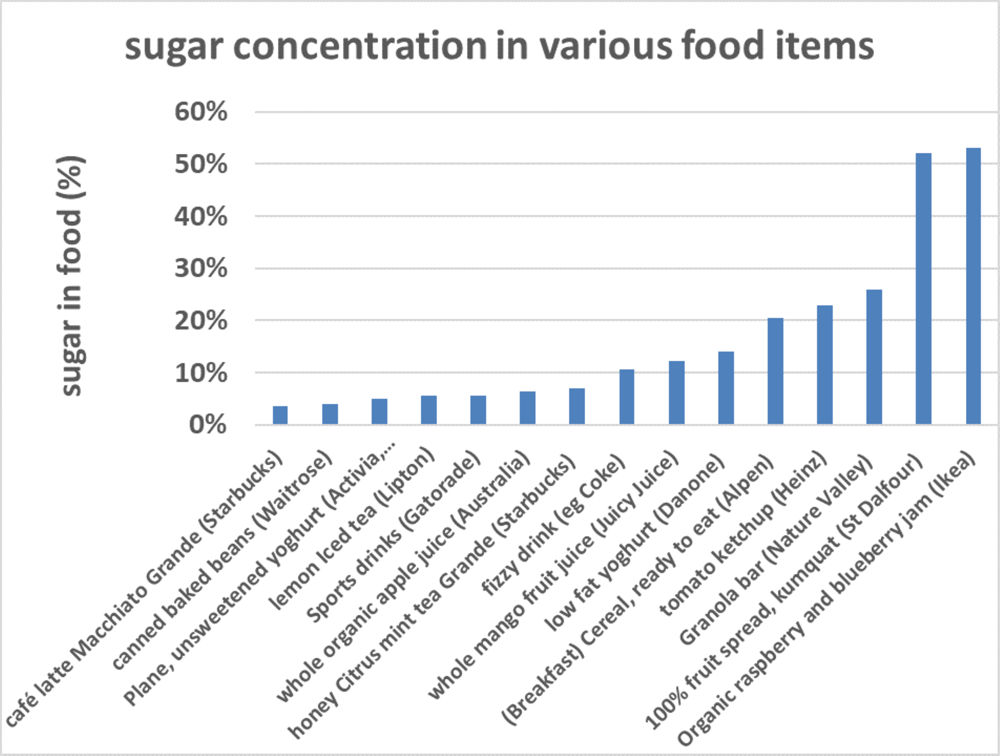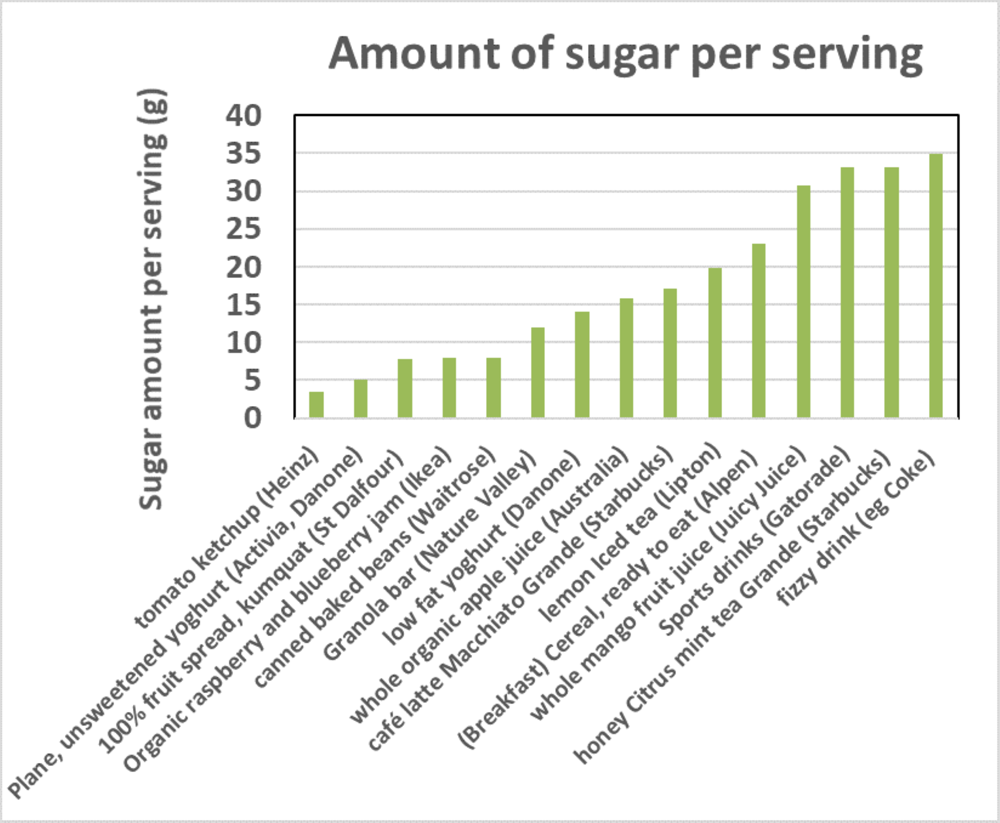All about carbonhydrates: starch, sugar and fibres
Glucose, strictly speaking can be synthesized by the body from amino acids and glycol when the body is starved from carbohydrates for a longer period and starts to use its protein stores to synthesize glucose. This is what happens when a strict ketogenic diet is being followed. Generally, taking in whole grain based carbohydrates is considered the more balanced way to obtain glucose.
Foods with mixed complex carbohydrates contain more than just starch and sugars for fuel, they also contain many essential vitamins, minerals and fibres. Good sources of complex carbohydrates include whole grains, vegetables and fruits.
Obesity is possibly one of the most concerning developments worldwide: we are not moving enough, sitting behind screens and steering wheels of cars and eating often far more calories than we burn. It is as simple as that: if we eat more calories than we burn, our weight increases. Excess carbohydrates including sugar are stored as fat (triglycerides) after first the bodies’ glycogen stores are replenished; excess fats and proteins are stored as fat as well. The glycogen storage capacity of a human (mostly in muscles, the liver and a little in the blood) is only around 500 g.
Food that contains carbohydrates such as starch are broken down to sugars, causing a large increase in our blood glucose levels after a meal or snack. The starches from whole grain kernels in combination with the dietary fibres and other resistant starches that come with it cause sugar to be released more gradually in the blood, whereas potato, white bread, white noodles and white rice provides almost instantaneously higher blood glucose levels. While sometimes this is desired as in some sports drinks after intensive sports activities, mostly we like to keep away from high sugar levels in our blood as it is thought to promote Diabetes 2.
More so, added sugar (in clearly too high amounts) is one of the primary causes for diabetes 2, in conjunction with a lack of exercise. Graph 5 shows the amount of sugar in several food and drink items, according to the manufacturer’s self-published nutritional information. Be very aware how much sugar you consume when eating or drinking these items. Low fat products are notoriously suspicious: often they are loaded with sugar to compensate for the lack of the fatty taste. Full fat yoghurt has been proven to be beneficial to reduce the chances of CVD, but low fat yoghurts have been promoted only based on a lower saturated fat content. [Marcia C de Oliveira Otto et al. The American Journal of Clinical Nutrition, Volume 108, Issue 3, 1 September 2018, Pages 476–484, ; addendum So do not let you be impressed with all these low fat products that provide you a lot more bad and mostly sweet stuff.
The American Heart Association recommends a maximum of 37 g of added sugar to consume per day for men and 25 g for women. So simply said: we are taking in far too much added sugar and should take note to consume less. Figure 6 indicates the amount of sugar per serving.


Fig 5. Sugar content in various food items, as reported by the manufacturer. Fig 6. Sugar contribution from several food items per portion.
Another class of carbohydrates are the fibres, part of which can only be digested in our guts. The non-digestible part is essential in moving our self-processed food fast enough through our digestion channel. Our gut bacteria are another major focal point for our health. Eating enough dietary fibres, helps our system to rid itself from food residuals and keep a good gut flora. For this reason, it is much healthier to eat whole fruits instead of the less fibre and more sugar containing fruit juice (more whole fruits are needed for the same weight of juice)


